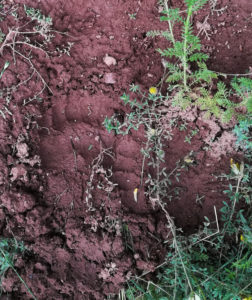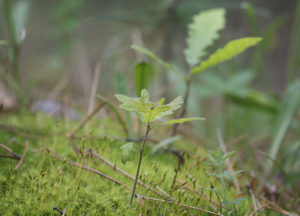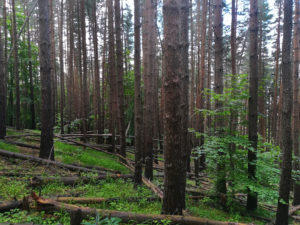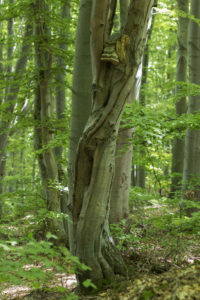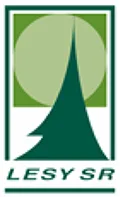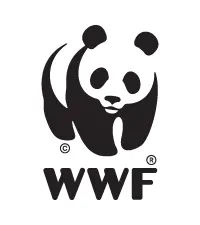Climate change is having an increasing impact on our daily lives. This is clearly felt in the forestry sector, which takes care of the second largest carbon dioxide store on the planet – forests. In this regard, their adequate management is essential both for nature and for all of us.
This is the goal of the environmental organization WWF and its partners in the project “Climate-intelligent forest management in Central and Eastern Europe”. The field work in Bulgaria will be carried out on an area of over 1300 ha (13,000 decares ) within the scope of seven Forest Management Units : SHU* “Vitoshko-Studena”, SFU** “Radomir”, SFU “Nevestino”, SFU “Petrich-Parvomay”, SFU “Gotse Delchev”, SFU “Sandanski” and SFU “Kyustendil” – all on the territory of the Southwestern State Forestry Enterprise (SWSFE). The aim is to adapt to climate change one of the most vulnerable forests in our country – artificial forest crops of white pine.
A very important part of the project implementation are the field visits, during which we collect information about the sites where the adaptation measures will be applied. We planned to make the first visits in early spring, but due to the unstable weather, heavy rains and hard-to-reach terrain, until recently this was almost impossible. That is why we have opened the season now …
We started our research in the areas of the villages of Rudartsi and Yarlovo, which are part of the territory of SHU “Vitoshko-Studena”, as well as in Bosnek – in SFU “Radomir”. We observed artificial forests of white and black pine, which as a result of various factors today are in poor health. A thinning is envisaged in these forests, with the main aim of giving way to the development of natural tree species that are more resilient to climate change.
Rudartsi
In the forest around Rudartsi the pine is planted at low altitude and is expected to be replaced by natural species. We observed the regeneration of deciduous trees of different ages, including Austrian Oak (Quercus cerris), Hungarian oak (Quercus frainetto), Birch, Hazel, Manna ash (Fraxinus ornus), European cornel (Cornel mas), pear, wild cherry, Beech and Common aspen. Due to the proximity of the forest to the settlement, the Acacia, which is an invasive species, has also entered the forest. Some of the measures under the project envisage its gradual abolition.
Yarlovo
In the area of Yarlovo we climbed to 1400 m above sea level on difficult terrain, further aggravated by the rains. The pine forest we came across had trees broken and attacked, most likely due to snow or windfalls. Around it we observed beech plantations, which naturally entered the pine forest itself. The other species we found there was the spruce. The forest was extremely rich in wildlife – we came across fresh tracks of wild boars, and near the spring we heard the call of roe deer, and found their beds. We also came across a yellow-bellied toad, which is included in the list of high conservation value species.
Bosnek
In the area of the village of Bosnek the main plantations are of black pine. The forest itself is surrounded and divided by openings (grasslands). It was also the place with the smallest and most uniform undergrowth. We saw single trees of Pubescent oak (Quercus pubescens) and Hungarian oak, most of them one or two years old. There was an oak forest nearby, from where the young trees probably entered. There were plenty of wild boar tracks in it, we came across a deer, and our most impressive sight was a relatively fresh bear step!
Both state forestry units we visited are FSC-certified, which means that when conducting logging, forest officials must comply with its standards. Some of them are related to the conservation of biodiversity and therefore the activities are tailored to the specific conditions in which native species live.
What next?
Activities for more thorough monitoring of biodiversity are forthcoming. They will start after the preparation of the necessary methodologies and will include observation of mainly birds and insects. The sites will be monitored before and after the felling to determine whether there is an impact on specific species of plants and animals. with high conservation value. The big goal of WWF is to achieve a positive impact on them and their habitats, turning artificial forests into natural ones, thus ensuring greater resilience to climate change.
*State Hunting Unit
**State Forestry Unit
© Yana Barzova / WWF


